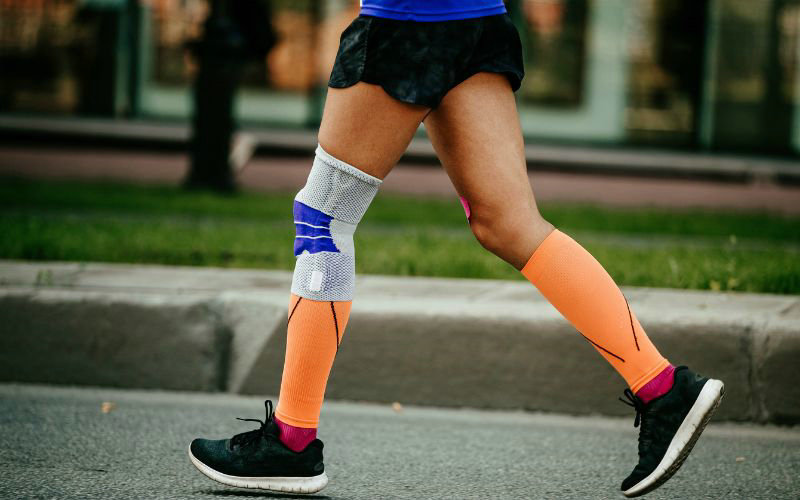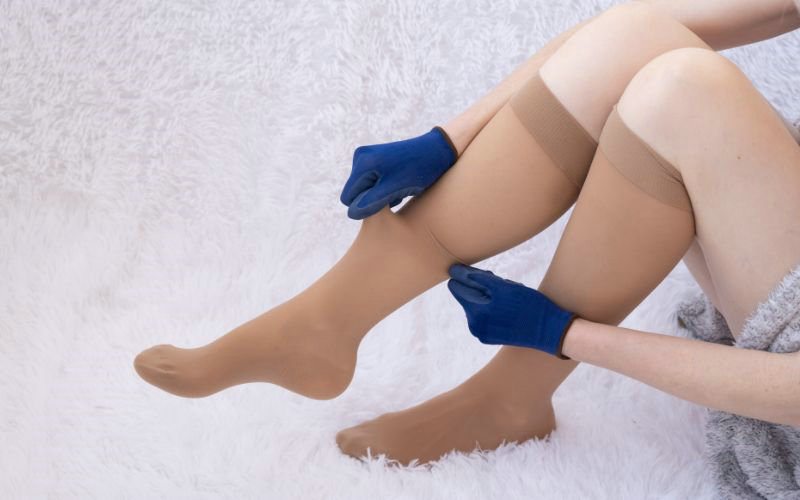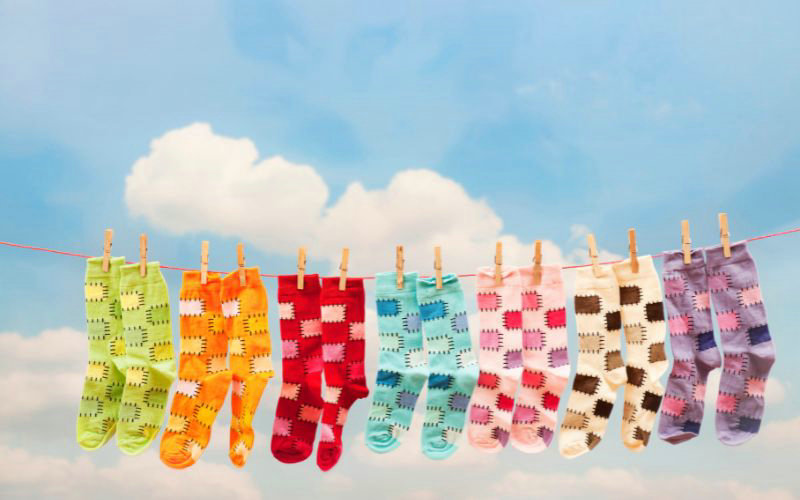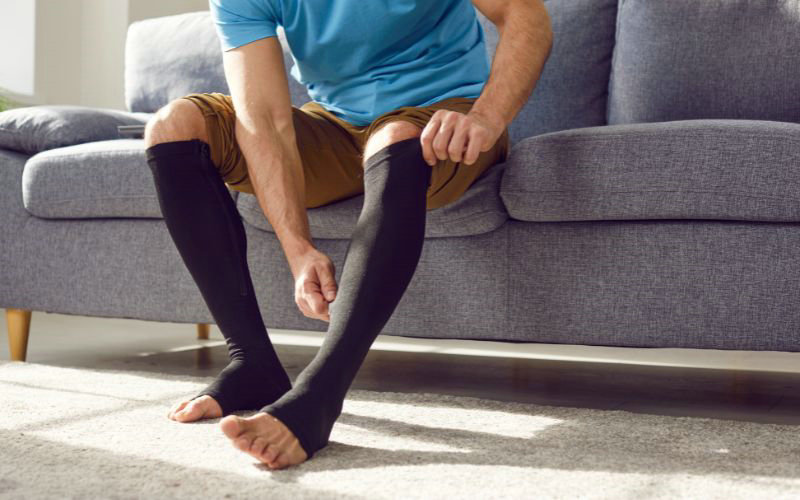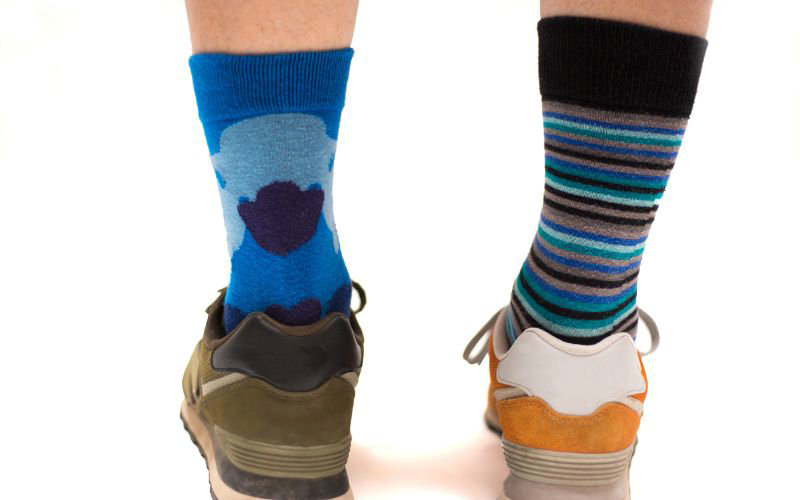
Bamboo socks have grown in popularity as a sustainable and performance-oriented sock material. But with so many fabric options on the market, are bamboo socks really worth the investment?
This article seeks to explore the benefits and limitations of bamboo as a sock fiber. We’ll look at bamboo’s moisture-wicking and antimicrobial properties from a scientific perspective. Insights from sock experts and reviews from avid wearers provide real-world perspective on comfort, durability and feel. Different bamboo varieties are examined as blends can impact qualities.
Readers will come away with an understanding of how bamboo compares to other popular fibers like merino wool, cotton and synthetics. An informed evaluation of bamboo socks’ pros and cons empowers consumers to determine if this natural fiber is right for their needs and ideals.
Understanding Bamboo Socks
You might be wondering what sets bamboo socks apart from your typical cotton socks. Bamboo socks are made from bamboo fibers, which are known for their softness, durability, and natural antimicrobial properties.
One of the advantages of wearing bamboo socks is their breathability. They are moisture-wicking and keep your feet dry and comfortable throughout the day. Plus, you’ll notice that they have great resistance to odors, which is a bonus in terms of hygiene and freshness.
In addition, bamboo is a biodegradable and highly sustainable material, making it a better choice for our environment.
Healthwise, bamboo socks can be beneficial too. They are gentle on your skin, thanks to the soft fabric and natural properties of the fiber. Switching to bamboo socks can help you keep your skin in good condition and avoid the use of artificial products.
Finally, the fiber content of bamboo socks is usually a mix of rayon from bamboo, nylon, and spandex. This combination makes them super soft, silky, breathable, durable, and elastic. You can expect a snug fit that maintains its shape, providing both comfort and style.
The Process of Making Bamboo Socks
Step 1: Harvesting the bamboo The journey of your comfy bamboo socks starts with the harvesting of bamboo plants. These plants are eco-friendly, as they require less water and pesticides to grow compared to conventional cotton.
Step 2: Removing impurities Once the plants are harvested, they undergo a treatment process to remove any impurities. This prepares the bamboo material for the next stage of the sock-making process.
Step 3: Grinding into powder The treated bamboo is then ground into a fine powder. This powder serves as the foundation for the bamboo fibers you’ll find in your socks.
Step 4: Mixing with other fabrics The bamboo powder is mixed with other fabric materials, such as cotton and elastane. This combination of fabrics ensures that the final socks are soft, durable, and have the perfect amount of stretch.
Step 5: Forming yarn The mixture of bamboo powder and other fabrics is carefully formed into yarn. This process is crucial, as it determines how well the socks will hold up during wear.
Step 6: Knitting the fabric Next, the yarn is knitted into a fabric. This stage not only gives the socks their structure but also incorporates the smooth texture that contributes to their comfort.
Step 7: Cutting and sewing Lastly, the fabric is cut and sewn into the final shape of bamboo socks. This process guarantees a snug fit and a comfortable feel when you slip them on your feet.
Benefits of Bamboo Socks

Comfort and Fit
Bamboo socks are known for their softness, providing you with a comfortable and snug fit. Their natural breathability helps regulate the temperature of your feet, keeping them cool in the summer and warm in the winter. The moisture-wicking properties of bamboo fibers ensure your feet stay dry, while their flexibility and adaptability allow for a perfect fit without constricting your feet.
Environmental Impact
Switching to bamboo socks not only benefits your comfort but also has a positive impact on the environment. Bamboo is a highly sustainable and eco-friendly material. Additionally, bamboo is biodegradable, meaning it won’t contribute to landfill waste.
Health Benefits
Bamboo socks contain a natural antimicrobial compound intrinsic to the bamboo fiber called bamboo kun. This agent gives bamboo socks the ability to inhibit bacterial growth, helping to keep feet dry and odor-free.
The bamboo kun present in bamboo fabric works to regulate microbes that can multiply in warm, moist environments like inside shoes. By limiting bacterial proliferation, bamboo sock wearers can maintain fresh-smelling feet even after long periods of wear and sweaty activities. The innate antimicrobial property of bamboo fiber derived from kun confers an automatic deodorizing effect that supports foot hygiene and comfort.
Bamboo socks help to reduce the growth of bacteria and prevent the development of foot odor. The moisture-wicking properties of bamboo also decrease the likelihood of developing blisters, making them an excellent choice for people with sensitive skin or allergies.
In conclusion, bamboo socks offer numerous benefits that are worth considering. They provide both comfort and fit, have a lower environmental impact, and come with a range of health benefits.
Possible Drawbacks of Bamboo Socks

Durability Issues
While bamboo socks are praised for their softness and comfort, they might not be as durable as other options. With frequent use and washing, bamboo socks can lose their shape, develop holes, or wear out quickly. Since you want your socks to last, this could be a drawback to consider when choosing to purchase bamboo socks.
Cost Comparison with Regular Socks
Another factor to weigh when deciding on bamboo socks is the price difference compared to regular socks. You may find that bamboo socks are slightly more expensive than their cotton or synthetic counterparts, given the sustainable nature of bamboo production and the additional benefits they provide, such as moisture-wicking and odor resistance.
However, it’s essential to balance the extra cost with these benefits, as well as the possibility of reduced durability. In the end, it’s up to you to decide if the advantages of bamboo socks outweigh the drawbacks.
Customer Reviews and Feedback
Many customers have praised bamboo socks for their comfort and breathability. They’ve found that these socks allow air to circulate around their feet, keeping them cool and dry. People with sensitive skin have also noted that bamboo’s hypoallergenic properties make for a soft and gentle fabric that doesn’t irritate their skin.
Moreover, several users appreciate that bamboo socks are highly absorbent, providing excellent moisture control, especially for those with sweaty feet. They’ve mentioned that the odor control in bamboo socks is impressive, thanks to the fabric’s natural anti-bacterial properties.
On the other hand, some customers have reported issues with pilling after wearing and washing their bamboo socks. While pilling is a common issue with many materials, it could potentially compromise the appearance and longevity of the socks. It’s essential to follow the care instructions provided by the manufacturer to maintain the quality and appearance of your bamboo socks.
Lastly, users of bamboo socks have expressed their satisfaction with the eco-friendliness of the material. Knowing that bamboo is a sustainable resource and biodegradable makes them feel good about their purchase, as they’re contributing to a more environmentally responsible choice.
How to Care for Bamboo Socks
Caring for your bamboo socks is easy, and with proper maintenance, they can last a long time. To keep them in tip-top shape, follow these friendly guidelines:
Washing: Regular cleaning is essential, but ensure that you handle your bamboo socks with special care. Use a color-friendly soap powder and softener to preserve their vibrancy. Avoid harsh chemicals like bleach, which can cause premature wear and color fading.
Drying: Bamboo socks prefer air-drying, so hang them outside or use a drying rack indoors. Avoid using a dryer, as it can cause shrinkage, damage the fibers, and reduce their lifespan.
Handling: When it comes to ironing or dry cleaning, it’s best to avoid these practices since they can harm your bamboo socks. Ironing can cause the fibers to break down, while dry cleaning can loosen the fabric and lead to shrinkage.
By following these simple care tips, you’ll enjoy the many benefits of bamboo socks, such as their breathability, antibacterial properties, and eco-friendly nature.
Sinokit, Why Us?
Experience the pinnacle of knitwear excellence with Sinoknit – Asia’s premier sock manufacturer.
For over 20 years, we have been crafting exquisite socks that fuse high fashion with functionality.
Our state-of-the-art facilities in China house the most advanced knitting technologies to create intricate designs and ensure consistent quality. Our talented designers stay ahead of trends to develop collections that captivate and inspire.
But what truly sets Sinoknit apart is our commitment to sustainability.
We utilize eco-friendly materials, renewable energy, and ethical practices to reduce our environmental impact. This enables us to produce premium socks that don’t cost the earth.
Our socks factory is equipped with over 300 computerized sock knitting machines imported from Italy and Korea. This allows us to produce up to 20 million pairs of socks per year. With an extensive range of over 100 sock varieties, we offer 96-needle, 108-needle, 120-needle, 132-needle, 144-needle, 168-needle, and 200-needle slim socks, terry socks, cotton-yarn socks, and woolen pants.
Our comprehensive services empower clients to bring their visions to life. From idea inception and sample development to bulk production and delivery, we handle it all. Our flexible MOQs, extensive capacity, and quick turnarounds make us the ideal partner for labels of any size.
Experience the Sinoknit difference. Our refined craftsmanship, creative flair, and responsible production create socks that are as beautiful on the inside as it is on the outside.
Contact us today to customize the best bamboo socks and start your journey towards socks excellence.
Frequently Asked Questions
Are bamboo socks warmer than wool?
While bamboo socks are known for their breathability and moisture-wicking properties, they are not necessarily warmer than wool socks. Wool socks generally provide better insulation, making them a preferred choice for colder climates. However, bamboo socks can still keep your feet comfortable during cooler days due to the fabric’s ability to regulate temperature.
Bamboo vs wool socks: which is better?
The answer to this question depends on your personal preferences and priorities. Bamboo socks are eco-friendly, absorbent, and help regulate temperature, making them ideal for everyday wear and warmer climates. Wool socks, on the other hand, offer better insulation and are a go-to choice for colder weather or activities where warmth is a priority.
Much like bamboo, wool also can absorb moisture quickly. The structure of wool allows it to readily take in and retain large amounts of liquid perspiration before feeling damp. This makes wool socks effective at wicking moisture away from the skin and keeping feet dry even in sweaty conditions. The hygroscopic nature of wool allows it to regulate temperature and evaporate moisture to further promote all-day comfort.
Ultimately, you may want to own a mix of both types of socks to cater to different needs and occasions.
What are the benefits of bamboo socks for men and women?
Some key benefits of bamboo socks for both men and women include their antibacterial properties, which help keep feet odor-free while promoting overall foot health. These socks are also highly breathable, moisture-wicking, and temperature-regulating, providing a comfortable experience throughout the day. Furthermore, bamboo socks are eco-friendly, making them a sustainable choice in comparison to other materials.
Are bamboo socks suitable for hiking and outdoor activities?
Yes, bamboo socks can be suitable for hiking and outdoor activities due to their moisture-wicking and breathability features. These properties help keep your feet dry and comfortable during extended periods of physical activity. Moreover, the natural antibacterial quality of bamboo helps prevent odor and promotes foot health on long hikes. However, if you’re hiking in colder environments, you might prefer wool socks for their insulating properties.
What are the downsides of bamboo socks?
One downside of bamboo socks is that they may be less insulating than wool socks, making them less ideal for colder climates or activities with low temperatures. Additionally, some people find that bamboo socks pill or show signs of wear faster when compared to other materials like cotton or synthetic fibers.
How durable are bamboo socks compared to other materials?
Despite their soft and comfortable feel, bamboo socks are quite durable. With proper care, they can last for a considerable amount of time. However, they might not be as long-lasting as certain synthetic or cotton blends. The durability ultimately depends on factors such as the quality of the bamboo fibers, the manufacturing process, and proper care and maintenance of the socks.

